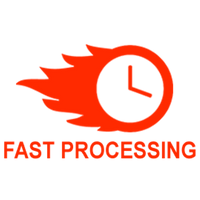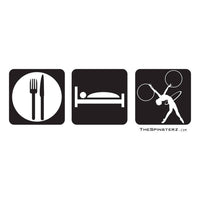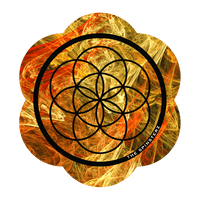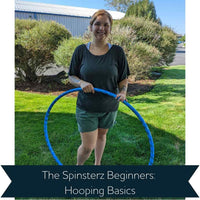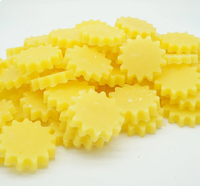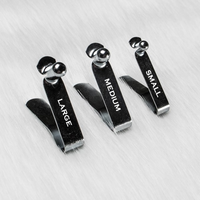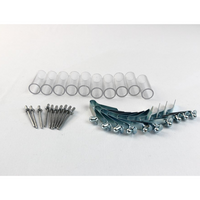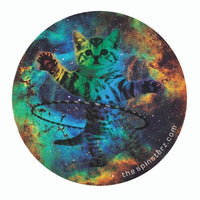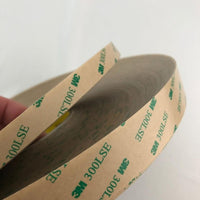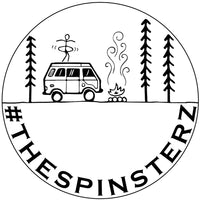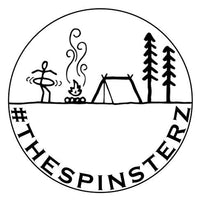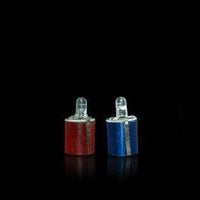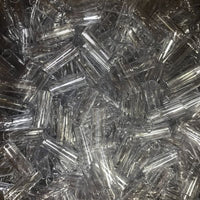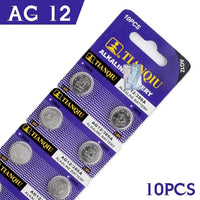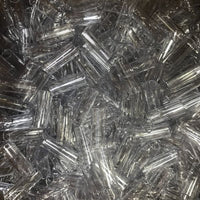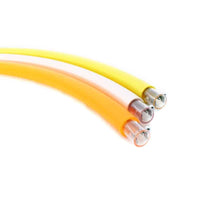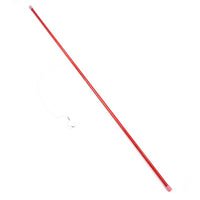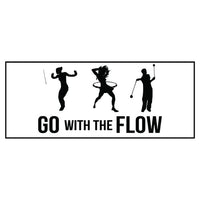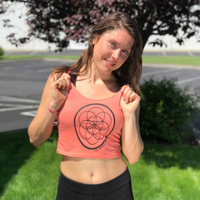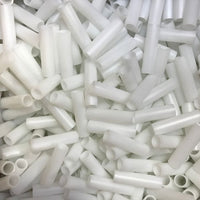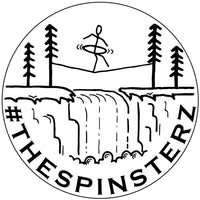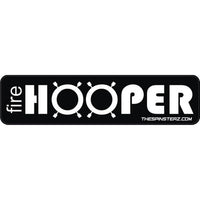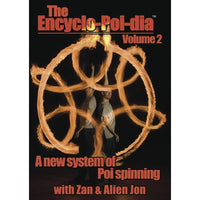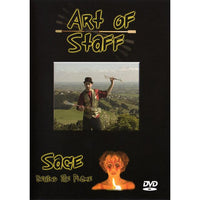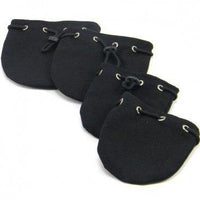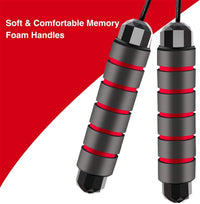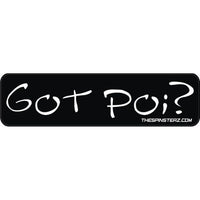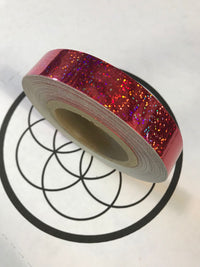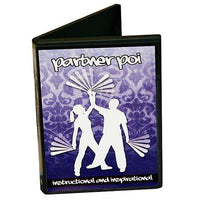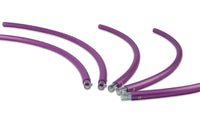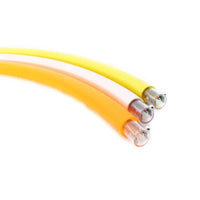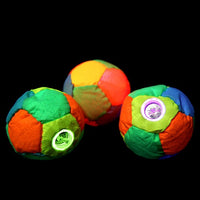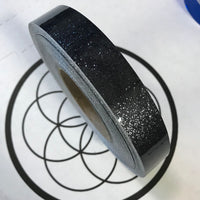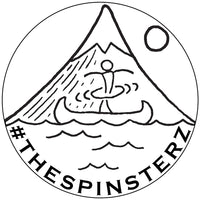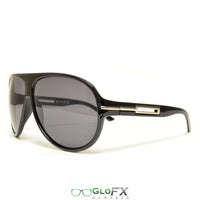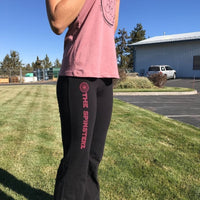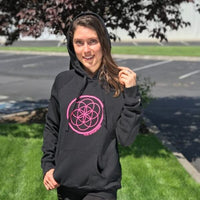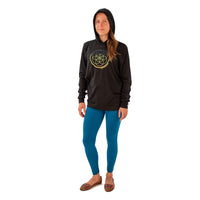Antler Fire Wicks - How to Find Your Antlers
Finding Your Prop’s Unique Story - How to Find Your Antlers
By: Samantha Mixan
Flowing and dancing with props is a powerful experience. The prop adds so much to our dance and becomes not just part of the dance, but a dance partner. The type of prop, the size, number of wicks, or color choices brings uniqueness to our flows, and when coupled with movement — no two person’s styles are exactly the same. This is why we cherish our props so much. They become an extension of us through this art form.
Antlers can be particularly powerful because you are sharing the dance with something that once was part of a living creature. The energy that flowed through that antler is still present in some form. This realization drove me to discover the deeper story of my antlers.
Finding the story of my antlers took observation and research of my prop. Where was this antler found, when, and by whom? Is it naturally shed or cut? Looking at the antler I discovered a chipped tip and friction marks. I know antlers can get these marks through itching on trees or sparring with other stags. Is there a pair to this antler or are they separated? These questions and observations allowed a more profound connection to flourish with my antlers rather than being a prop that I performed with.

Are you ready to find your antlers?
Finding antlers in the wild can be difficult if you are not located in an area where deer are abundant. Surprisingly, you might have a local population and not know it. Some species are unique to Europe, like the European fallow deer, the Scottish red deer, the roe deer, and others. Some deer are abundant in the United States, like the mule deer, the whitetail deer, and the elk. Moose are also deer, and found in the northern areas of North America, Europe, and Asia. If you are searching for antlers, do your research! Find out which deer inhabit your area and what type of antlers you are looking for.
Perhaps you live in a city where you can’t find antlers in the wild. While there may not be an abundance of deer, there is likely an abundance of stores. I’ve seen antlers available at oddity and taxidermy shops, outdoor recreational stores, and even thrift markets. Sometimes you can stumble upon them without trying. Search for stores, including online vendors, and see what you can find that way. Call ahead and see if they may offer this unique item.

A note on sustainability, antlers can be an extremely sustainable material.
Typically there are a few types of antlers for sale — naturally shed antlers, antlers cut from a skull plate, or antlers still attached to the skull. Antlers that are naturally shed are replenished every year by a living creature. To learn more about antler’s cycles, click here. Naturally shed antlers have a nub on them called the pedicle. This is where the antler attached to the head of the deer. In it's natural cycle, the antler falls off and is regrown every year. Antlers that are cut from the skull are sliced from the bottom of the antler and harvested from a deceased creature. It’s up to you to decide which type of antlers you wish to buy. These are questions to ask to find the story of the antler — is the creature still alive somewhere? I’ve often pondered where the deer that shed my antlers are today.
I continue to find inspiration in antlers and their wisdom everyday. All of our flow props and fire props have stories — stories about the history of the prop, those who have innovated with it, the sourcing of the materials, even down to whose hands made that particular prop. I invite you to look deeper into the props you dance with, discover their stories, and bring that energy to your dance.

-Samantha Mixan
Thank you!

